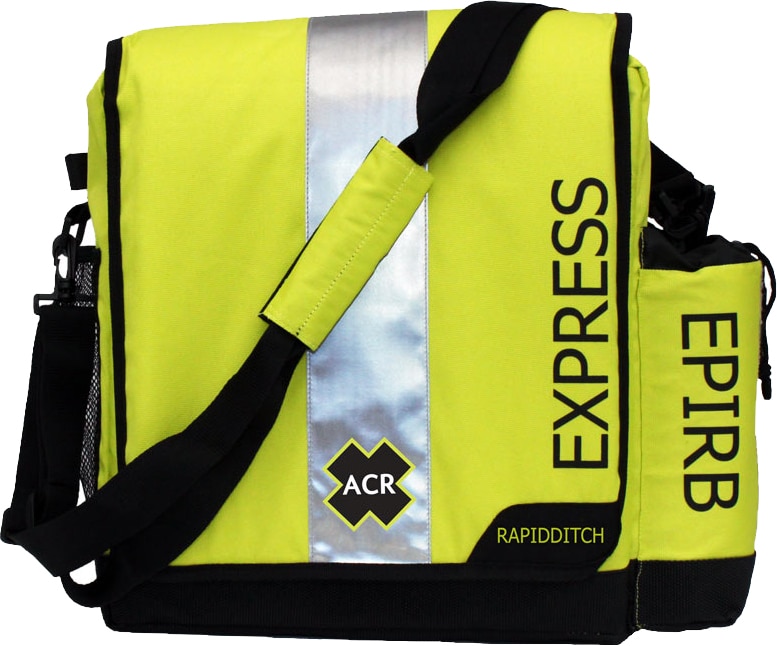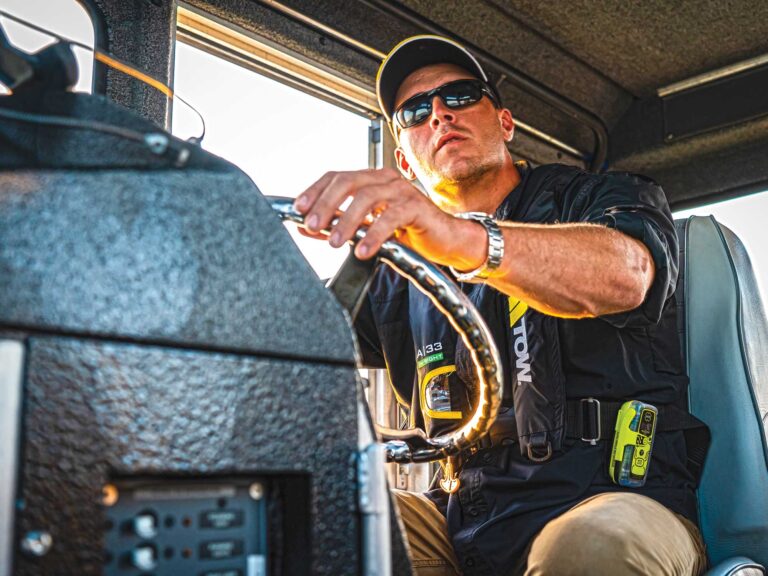Updated 12-21-2015
REQUIRED EQUIPMENT. Has a nice ring to it, right? But when you think about it, required safety equipment is short for “minimum required equipment”-the bare necessities. Consider flares. Sure, the required three flares are better than none, but they provide just six minutes of attention-getting fire. And, of course, those Type II and III lifejackets meet regulations, but wouldn’t you rather be strapped into a Type I device if you found yourself overboard offshore? That’s why experienced boaters don’t stop with the required Coast Guard package. They beef up their boats with extra defenses. So besides more flares and upgraded PFDs, what should you bring aboard? Find a place to stow these seven smart safety upgrades.
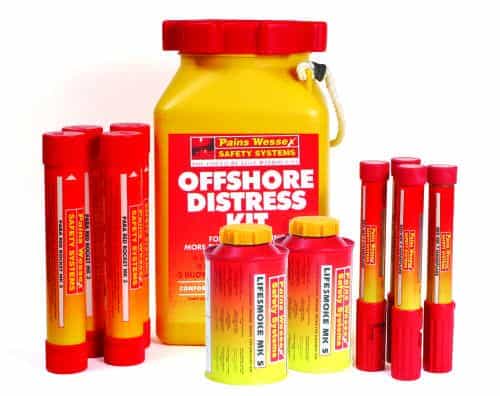
[1] JUMPER PACK. This battery with hard-wired jumper cables can get you started if your boat’s batteries decide to quit. Choose a model with a 12-volt receptacle so you can power a handheld VHF or GPS from it, too. And, not that you’d forget, but keep it charged.
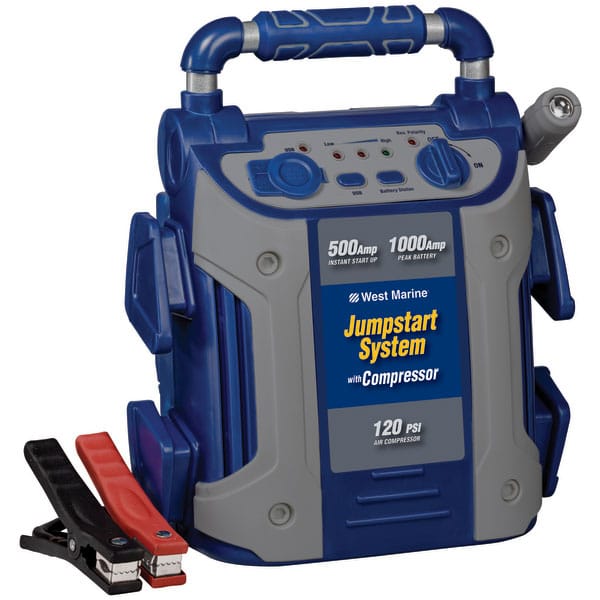
[2] BACKUP ELECTRONICS. Handheld VHF radios and GPS receivers are cheap insurance against disaster. Keep the batteries fresh and purchase a 12-volt power cord for each. For the VHF, buy an adapter that converts the radio’s TNC or BNC connector to a PL-259 connector ($15 at a marine electronics store) to connect to your boat’s antenna and achieve additional range. Even if you have the most sophisticated electronics suite around, bring paper to back up the paper-free. Paper charts don’t require power and can help you give better information to the tow company or rescuers.
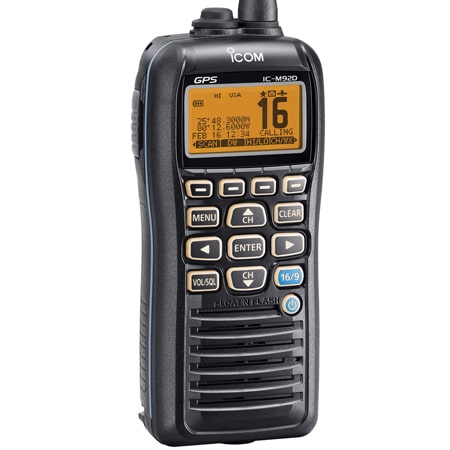
[3] FILTERS AND BELTS. Two of the most common causes of breakdown are the cheapest and easiest to fix. Adjustable emergency belts ($40 at West Marine) can save your bacon. So can a pair of panty hose: Just stretch them over the pulleys and knot them off. You may be embarrassed when the guy at the drugstore says, “Sure, they’re for your wife,” but they’ll get you home. Carry at least two backup fuel filters. Even with a highly contaminated tank that stalls your engine, you can swap out filters as they clog. You may not make it all the way home, but you’ll at least make it somewhere. And don’t forget the filter wrench. Gluing or taping a strip of sandpaper on the inside of the metal strap will give the wrench a better grip on slippery canisters.
[4]FOOD AND WATER. Even if you’re not reenacting Master and Commander, something to eat and drink sure makes waiting for the tide to float you off a sandbar more tolerable. Stow bottled water and some foil-wrapped high-energy or protein bars aboard. They keep forever and will stave off hunger in a pinch.
[5]SLIPPERY STUFF. Having extra engine oil with you is a no-brainer. But don’t forget transmission fluid (gear lube for stern drives) and hydraulic fluid for steering systems and trim tabs.
[6]RADAR REFLECTOR. It’s comforting to know that when you’re adrift, dead in the water, your boat is lighting up the screen of any passing container ship or tug like a Christmas tree. Plus, it helps rescuers and towboats find you quicker. A serviceable one costs about $50.

[7]”DITCH BAG.” Sometimes also referred to as an “escape kit” or “fast getaway kit,” it’s simply a watertight fanny pack containing a submersible handheld VHF radio, a signal mirror, several chemical light sticks, a whistle, and some foil packets of water purchased at a mountaineering shop. Strap it on when the going gets tough. But, we hope, if you bring aboard the other seven, you won’t need it.
